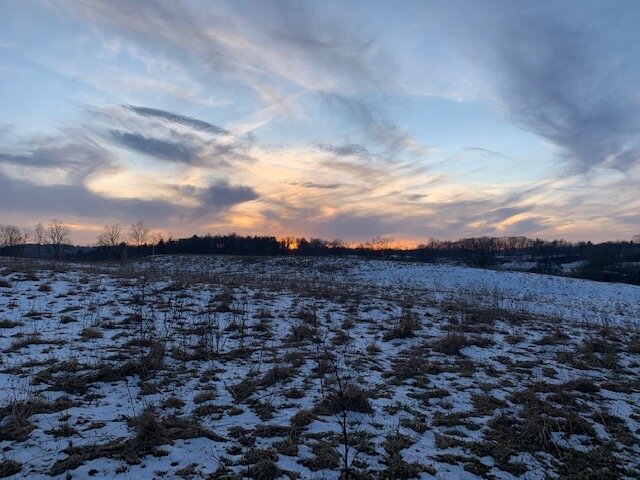He is Our Peace
By Dhruva Corrigan, First Year
From the Seminary Newsletter, Spring 2020
As a student at the seminary this year I was given the opportunity to take up a study of Paul’s letter to the Christian community in Ephesus and to share the fruits of my study with my fellow seminarians and with the broader congregational community in Toronto. My focus was on the mystery of the community as the new temple, as the body of Christ. We considered what the function is of our churches as places of worship, recognizing that our church buildings are not temples, not dwelling places for God, but are places where the community comes together in unity in the presence of Christ, where individuals take Him into themselves through the sacrament, that we as the community might become the dwelling place of God through Christ in us. Our churches, where we hold the holy Mass [Act of Consecration], are the places where we build up the body of Christ through the eucharist, where we are woven together into a unified body much like our own bodies are woven together by our life forces. Since the end of our time in Toronto I have continued to wrestle with the idea of the ecclesia, the church, in the age of the free human being.
I have grappled with the challenges of a unity comprised of diverse individuals: How can a single, cohesive and holy body be formed from individual human beings? How can we, as Christians, work towards this unity? And what truly is the means by which this unity is formed? These are the questions that arise, the questions that, when asked in faith, begin to frame the mystery of the Christ community.
In a time of physical distancing in which we are asked to remain at home to protect ourselves and those around us, the question of what it means to be a community is more pertinent than ever. We are all striving to find ways to remain connected to our families and loved ones, to our churches and congregations, and perhaps even to Christ himself when the Act of Consecration cannot be celebrated publicly. How do we continue to weave the tapestry that is the story of humanity’s future, the tapestry that began when Christ turned the cross into a loom on Golgotha and gave the story a new beginning? How do we continue to cultivate togetherness and build the temple that is Christ’s body while physically removed from each other’s presence?
As all of these are questions relating to the new mysteries of our time, we can expect that they do not have simple or fixed answers! And so we see our priests and our communities rising to the challenges we face in diverse ways, working with the technologies of our age to keep the spirit moving and weaving among us, keeping us connected and questioning, seeking, communing. Learning to be a Christian is always a process, a seeking, a becoming, and we must bear with what is happening and what is to come as we learn together how to face new kinds of challenges.
For myself I have found that my connection to the Christian Community during this time begins where our Mass leaves off: with the peace. It is when I can grow quiet and come into the calm of Christ’s peace that I can reach out to and approach in prayer the human beings from whom I am physically distant, or those who have crossed the threshold of death and can move among us more freely. Furthermore, I have become convinced that it is through this peace itself, not just as a state of soul but as an actual soul-substance, that the temple of the community is built, that the body of Christ is knit into unity. “For he is our peace; in his flesh he has made both groups into one and has broken down the dividing wall... so that he might create in himself one new humanity in place of the two, thus making peace.” (Ephesians 2.14-15)
And it is certainly peace that is needed now by our brothers and sisters around the world, now in this time when we must act together in solidarity as a unified whole, and when fear and anxiety are perching over each doorway through which we pass. Now especially is the time to share the peace that has been given to us in the sacrament and which is given to us in the depths of our own souls through Christ Jesus himself, the cornerstone of the new temple, the head of the body that is the community. Now especially must we allow the peace to fill our souls in prayer that it may, through us and our communities, overflow into the world. And so it is with heartfelt feelings of love and hope that I say to you, dear friend:
May the peace of the Lord Jesus Christ be with you.


